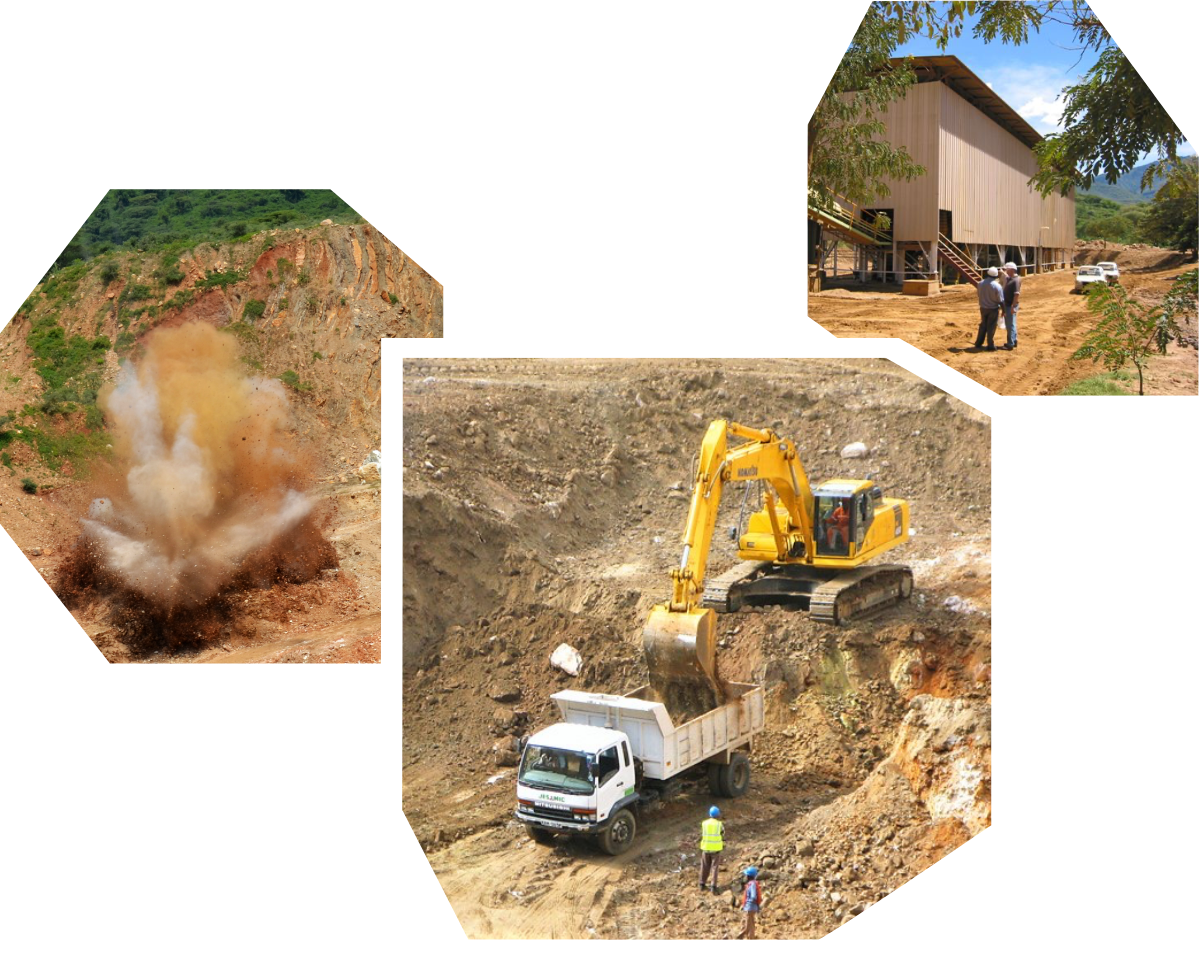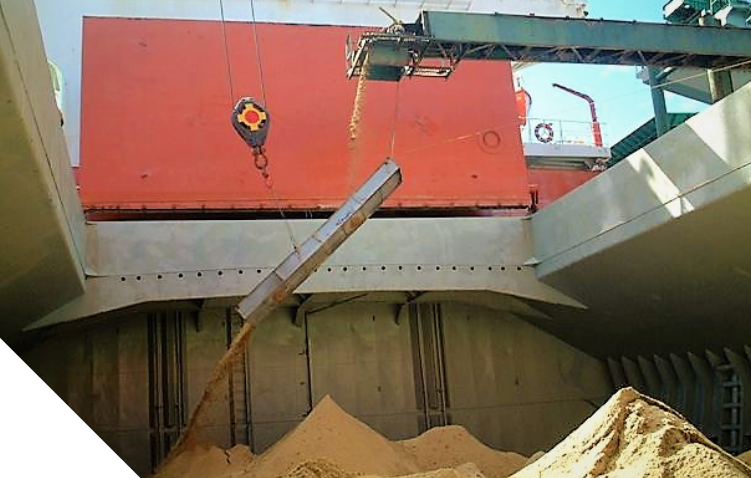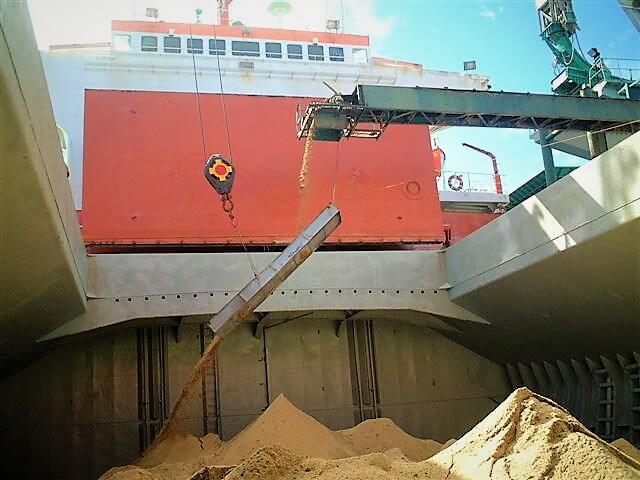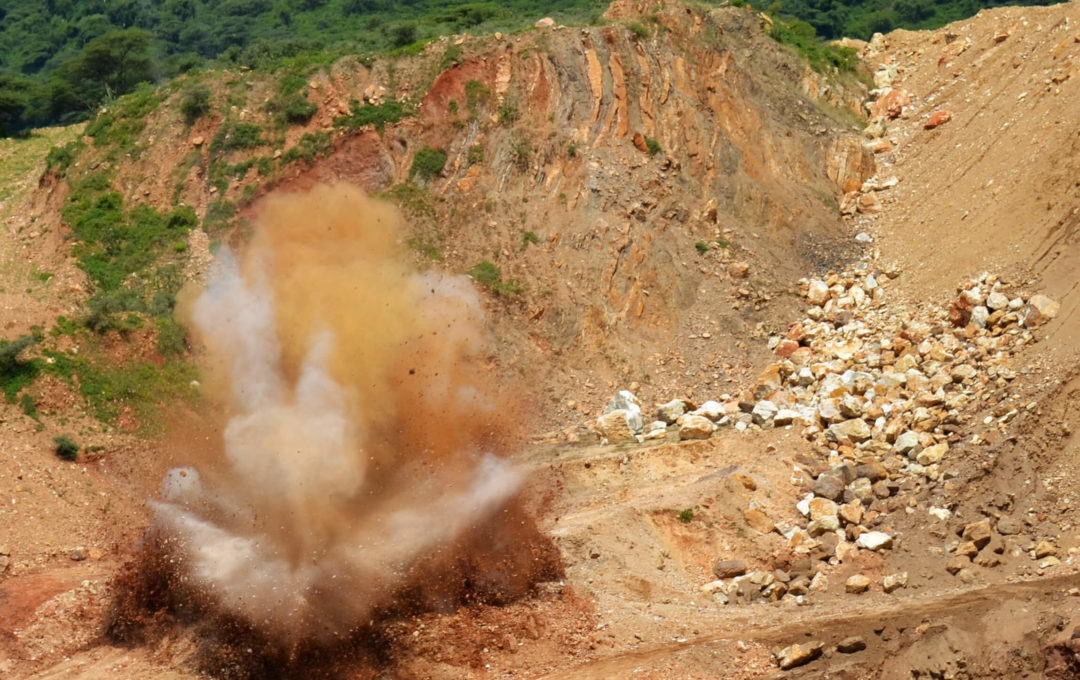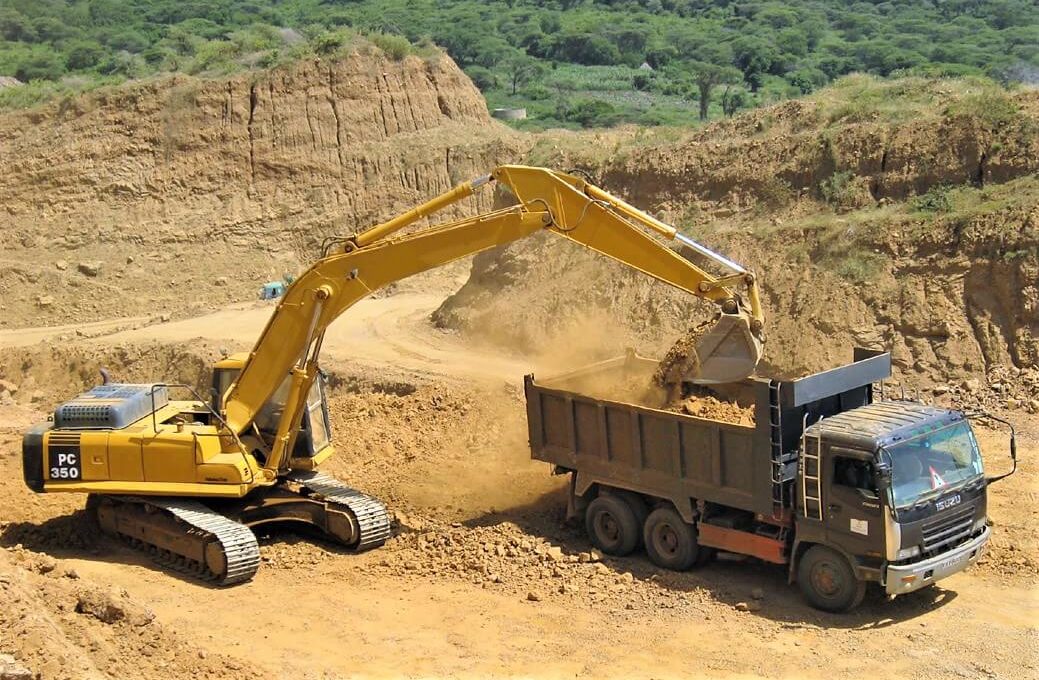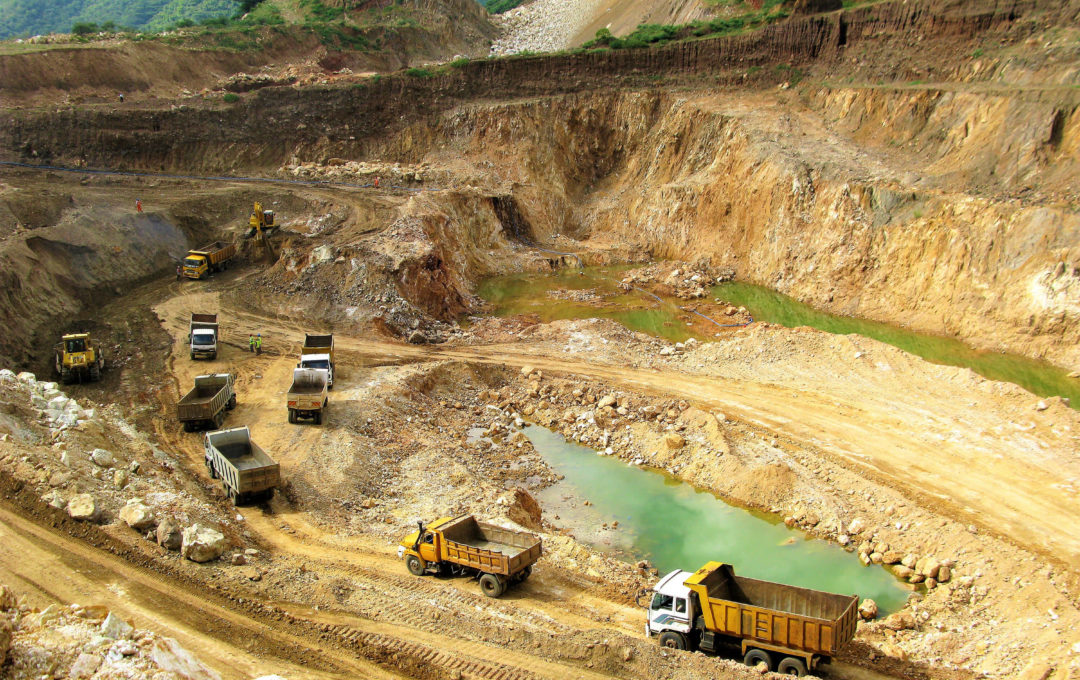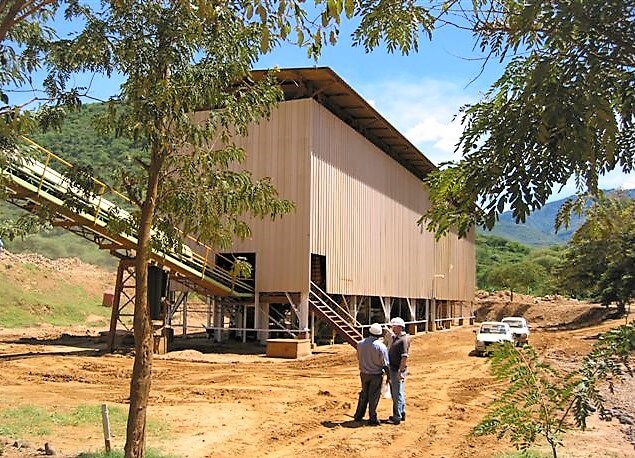Geology
The fluorite deposits from which the company mined were believed to be of hydrothermal origin in the Post-Miocene era when lavas formed a protective cap over Precambrian rocks in the area. The main deposit of fluorite was located at Kimwarer, Kenya and was exposed on a series of five hills—four of which were mined. The Kimwarer ore bodies contained by far the largest ore reserves. The ore body contacts were distinct due to the buff colour of the ore in contrast to the grey gneiss, white marbles or pegmatites. Typically the fluorite was finely crystalline and disseminated through a siliceous matrix. Zones of high grade ore are often purplish or creamy yellow in colour with cavities filled with distinct cubic crystals.
Two other minor deposits known as Choff and Kamnaon were approximately 2 to 5 km north of the main mine site and were partially mined for the production of metallurgical-grade spar. The Choff deposit had two ore bodies running parallel to each other for more than 3 km, and were separated by ridges and dips. The ore body pinched and swelled, and its width varied between 4 metres and 26 metres. This ore was soft and friable, hence easy liberation in the plant and provided a good yield. The phosphate in this vein was medium to high. The Kamnaon ore body had more than five partly parallel veins with varying dips of between 35-45 degrees.
Mining
A total of approximately 360,000 tons of ore was mined annually. Mining was by open cast method. Overburden was removed at a ratio of 3:1 to 8:1 (waste to ore) depending on the ore body with more than 3 million tons of waste stripped annually. Overburden was trucked away using 25-ton trucks provided by local contractors from the local community, while the exposed ore was then extracted by drilling and blasting.
The mined ore was hauled a short distance – between 2 km and 7 km – by contracted trucks to the crushing plant. The ore was first crushed in a tertiary stage crushing plant with a maximum feed of 350 mm to less than 16mm in size. It was then conveyed to the grinding circuit where the material was added to a rod mill where water was added to form a slurry.
The rod mill instantly grind the ore after which it was sized using a hydrocyclone. Any oversized material was passed to the ball mill for further grinding to the desired size before being fed to the flotation cells for processing.
Flotation
Flotation was the process that concentrated the ore. This was done by agitating the ore slurry in the numerous cells with air bubbles. A combination of fatty acid reagents was added in the flotation cells and the fluorspar then attached itself to the air bubbles to float to the top of the cell. This product was then skimmed off leaving the waste in the bottom of the cell.
The process was conducted in a series of “rougher” and “cleaner” cells successively to ensure a final concentrate that met the quality standard. The water in the final product was then removed into a thickener by means of the use of a rotary drum filter. This process resulted in the production of a filter cake concentrate containing approximately 11,0% moisture.
Various samples were analysed in the company’s assay and research laboratory to check and confirm quality. The waste product was pumped to the tailings dam where waste was separated and handled whilst the settled water was recycled to the plant for reuse.
